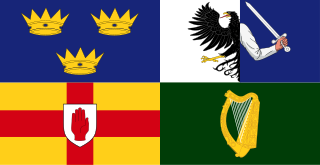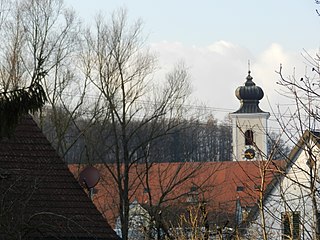 W
WIn Germanic folklore, including Germanic mythology, a dwarf is an entity that dwells in mountains and in the earth. The entity is variously associated with wisdom, smithing, mining, and crafting. Dwarfs are sometimes described as short and ugly, although some scholars have questioned whether this is a later development stemming from comical portrayals of the beings. Dwarfs continue to be depicted in modern popular culture in a variety of media.
 W
WA changeling, also historically referred to as an auf or oaf, is a human-like creature found in folklore and folk religion throughout Europe. A changeling was believed to be a fairy child that had been left in place of a human child stolen by the fairies. The theme of the swapped child is common in medieval literature and reflects concern over infants thought to be afflicted with unexplained diseases, disorders, or developmental disabilities.
 W
WThe clurichaun or clúrachán is a mischievous fairy in Irish folklore known for his great love of drinking and a tendency to haunt breweries, pubs and wine cellars. He is related to the leprechaun and has sometimes been conflated with him as a shoemaker and a guardian of hidden treasure. This has led some folklorists to suppose that the clurichaun is merely a leprechaun on a drinking spree, while others regard them as regional variations of the same being. Like the leprechaun, the clurichaun is a solitary fairy, encountered alone rather than in groups, as distinct from the trooping fairies.
 W
WGleink Abbey was a Benedictine monastery located in the town of Steyr in Austria.
 W
WKing Goldemar is a dwarf or kobold from Germanic mythology and folklore. By the Middle Ages, Goldemar had become the king of the dwarfs in German belief. In the fairy tale "The Friendship of the Dwarfs", the author Villamaria depicts Goldemar as a "mighty dwarf king" with a queen and a court of dwarf nobles at his service. He has long, silver hair and beard and wears a crown and a purple mantle. In one tale, he runs away with the daughter of a human king. Fragments of an epic poem by Albrecht von Kemenaten called Goldemar survive. The poem tells of Dietrich's encounter with the dwarf king. The king also features in "Der junge König und die Schafërin" by German poet Ludwig Uhland. Goldemar's brothers, Alberich or Elberich and Elbegast, feature in other poems.
 W
WKorpokkur , also written Koro-pok-kuru, korobokkuru, korbokkur, or koropokkur, koro-pok-guru, are a race of small people in folklore of the Ainu people of the northern Japanese islands. The name is traditionally analysed as a tripartite compound of kor or koro, pok, and kur or kuru ("person") and interpreted to mean "people below the leaves of the Fuki" in the Ainu language.
 W
WThe Little People of the Pryor Mountains are a race of ferocious dwarves in the folklore of the Crow Nation, a Native American tribe. The Little People were also seen as imparting spiritual wisdom, and played a major role in shaping the destiny of the Crow People through the dreams of the iconic Crow chief, Plenty Coups.
 W
WA nuno sa punso, or simply nuno, is a dwarf-like nature spirit (anito) in Philippine mythology. It is believed to live in an anthill or termite mound, hence its name, literally 'Ancestor/Grandparent living in the anthill'.
 W
WPas-ta'ai, the “Ritual to the Short People”, is a ritual of the Saisiyat people, a Taiwanese aboriginal group. The ritual commemorates the Ta'ai, a tribe of short dark-skinned people they say used to live near them. The ritual is held every two years and all Saisiyat are expected to participate.
 W
WSheka is a dwarf-like being in the Tatar mythology, that lives in forests or derelict houses. In the legends he uses to appear in comic situation.
 W
WIn Zulu/Xhosa mythology, Tikoloshe, Tokoloshe, Tokolotshe, De'Avion or Hili is a dwarf-like water sprite. It is considered a mischievous and evil spirit that can become invisible by drinking water or swallowing a stone. Tokoloshes are called upon by malevolent people to cause trouble for others. At its least harmful, a tokoloshe can be used to scare children, but its power extends to causing illness or even the death of the victim. The creature might be banished by a pastor, who has the power to expel it from the area. It is also considered a part of superstition and is often used in a satirical manner as a reference to overcome.
 W
WVamana, also known as Vāmanadeva ('dwarf-god'), Trivikrama, Urukrama, Upendra, Dadhivamana, and Balibandhana is a Brahmin avatar of the Hindu god Vishnu.